They hiss, heave, and warm the ground beneath our feet, yet decade after decade they refuse to blow. Around the world, restless volcanoes draw tight circles of worry on hazard maps as instruments detect tremor, swelling, and gas pulses that hint at fire still moving below. Scientists call this persistent unrest, a state that can last for centuries and still stop short of an eruption. The mystery is more than academic: towns rebuild, tourism returns, and then the ground lifts again. Understanding – may be the difference between prudent patience and a preventable disaster.
The Hidden Clues
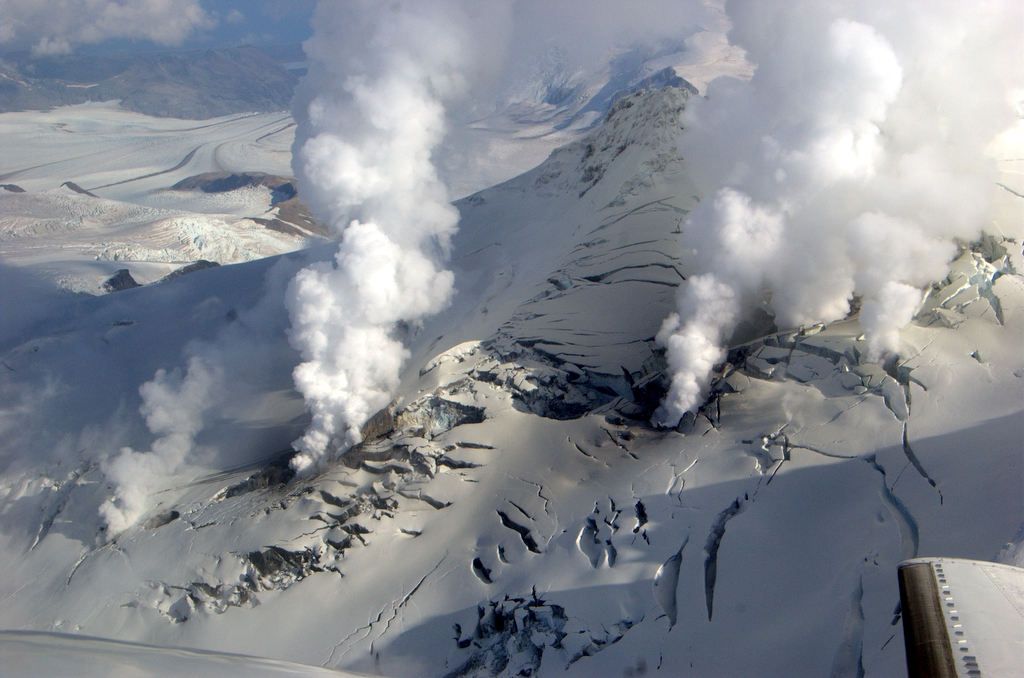
What if the loudest warning is the one you can barely hear? The most telling signatures of an always-awake volcano often whisper: a few millimeters of uplift over months, an uptick in deep tremor, a sulfur spike riding a sea breeze.
Thermal cameras catch patches of ground heating like embers under ash, while crater lakes shift from clear to cloudy as gases bubble through. Even vegetation becomes a detective, with stressed plants outlining hidden gas vents and warm fractures in satellite images. Put together, these faint signals sketch a system that is breathing steadily, releasing pressure just enough to avoid catastrophe.
Plumbing That Never Quite Overflows

Deep below, magma rarely sits as a single vat; it more often percolates through a sponge of partially molten rock called a mush. In this mush, crystals and melt share space, and the network can absorb and redistribute pressure like a flexible set of pipes.
Fractures open, then seal as minerals precipitate, creating a stop‑start valve that leaks gas and heat without letting the main column burst. Over time, small intrusions dribble in fresh magma, keeping temperatures high but not high enough to mobilize a full eruption. The result is a volcano that simmers indefinitely, like a pot vented by a carefully cracked lid.
Gas, Heat, and the Slow-Burn Volcano
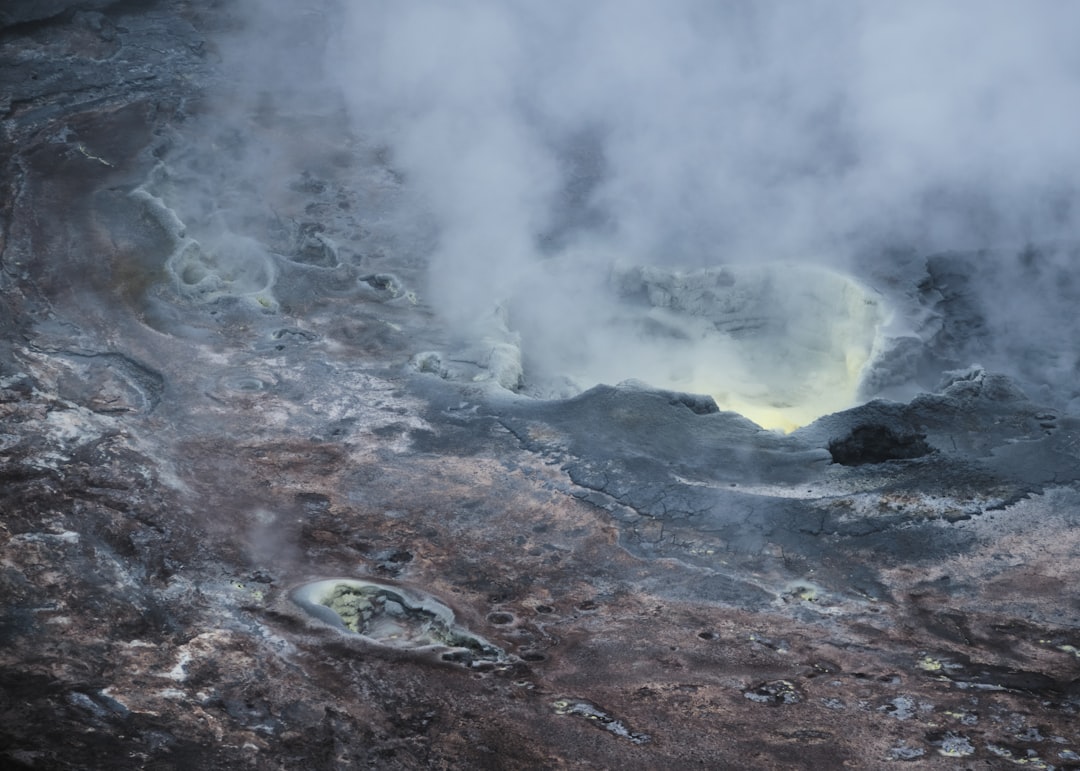
Volcanoes are powered by gas as much as by molten rock; when water vapor, carbon dioxide, and sulfur gases escape efficiently, pressure stays manageable. Hydrothermal systems – hot water circulating through rock – become safety valves, moving heat upward and out.
But that same plumbing can be dangerous in its own right. Pressurized steam can flash and explode in phreatic blasts with little warning, and invisible carbon dioxide can pool in hollows at deadly concentrations. A volcano might avoid an eruption for centuries while still posing lethal, localized hazards every season.
From Ancient Tools to Modern Science
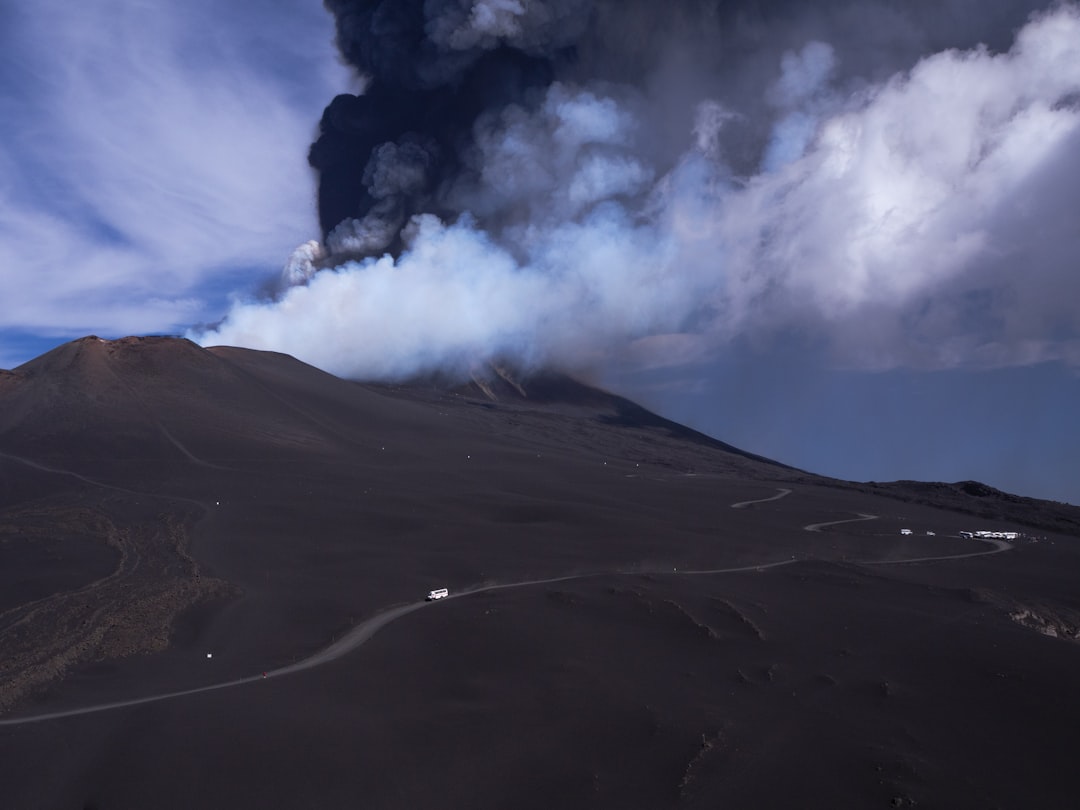
For most of history, watchers gauged danger by smell, sound, and the color of a fumarole plume. Today, constellations of satellites measure ground motion to within a few millimeters, and GPS stations track the rise and fall of a caldera like a heartbeat monitor.
On the flanks, multi-gas sensors sample plumes in real time, while thermal infrared cameras map hidden heat at dawn. Underground, muon imaging and distributed acoustic sensing reveal cavities and fluid flow paths that were once guesswork. Together, these tools turn a moody landscape into a quantifiable, living system.
The Long Memory of Rock
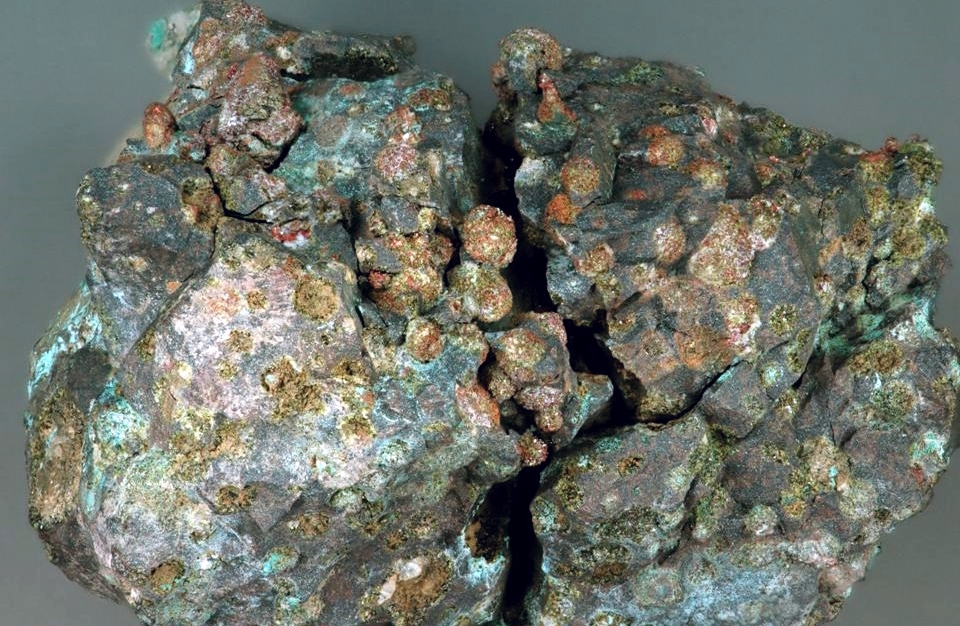
Rocks remember stress like wood remembers wind, and volcanic edifices carry the scars of past eruptions in their fractures and faults. That memory informs the future: old cracks reawaken, and past pathways tug new magma along familiar routes.
Cycles of uplift and subsidence can repeat for decades as the crust flexes over deep reservoirs, building expectation without delivering an eruption. Sometimes the crust itself grows more ductile with heat, bending rather than breaking and stalling ascent. The story is not a countdown but a loop, and patience becomes a parameter in the hazard model.
Why It Matters
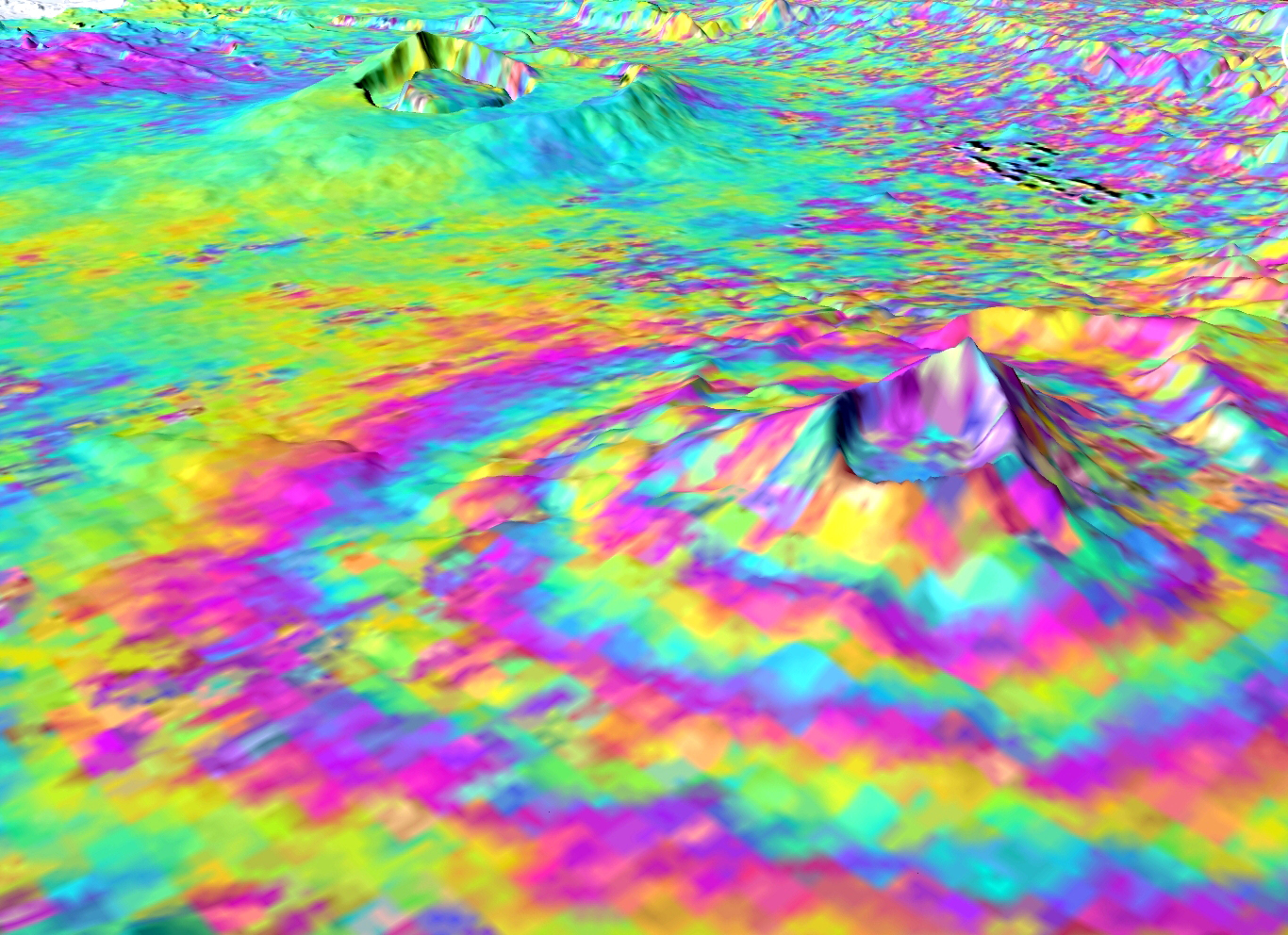
Communities often face a paradox: too many false alarms erode trust, but one missed escalation can be devastating. Always-awake volcanoes test the contract between scientists and the public, forcing clear communication about uncertainty and time scales.
They also complicate infrastructure planning – where to build hospitals, how to route new roads, whether to invest in geothermal power when the ground keeps moving. Aviation, agriculture, and water resources all feel the ripple effects of chronic unrest. Understanding the difference between background simmering and a true ramp-up shifts policy from reactive closures to targeted, life-saving decisions.
Global Perspectives

From vast caldera fields bordering busy coastlines to andesitic cones above highland towns, persistent unrest is not a regional quirk. Rift zones, subduction arcs, and intraplate hotspots all host volcanoes with long memories and short tempers.
Yet local geology matters: permeability of the crust, availability of water, and tectonic stress each tune the instrument. Two volcanoes with the same gas flux can diverge wildly if one has a robust hydrothermal system and the other sits under brittle, sealed rock. Global comparison studies help scientists separate universal rules from local exceptions, refining forecasts where people live.
The Future Landscape
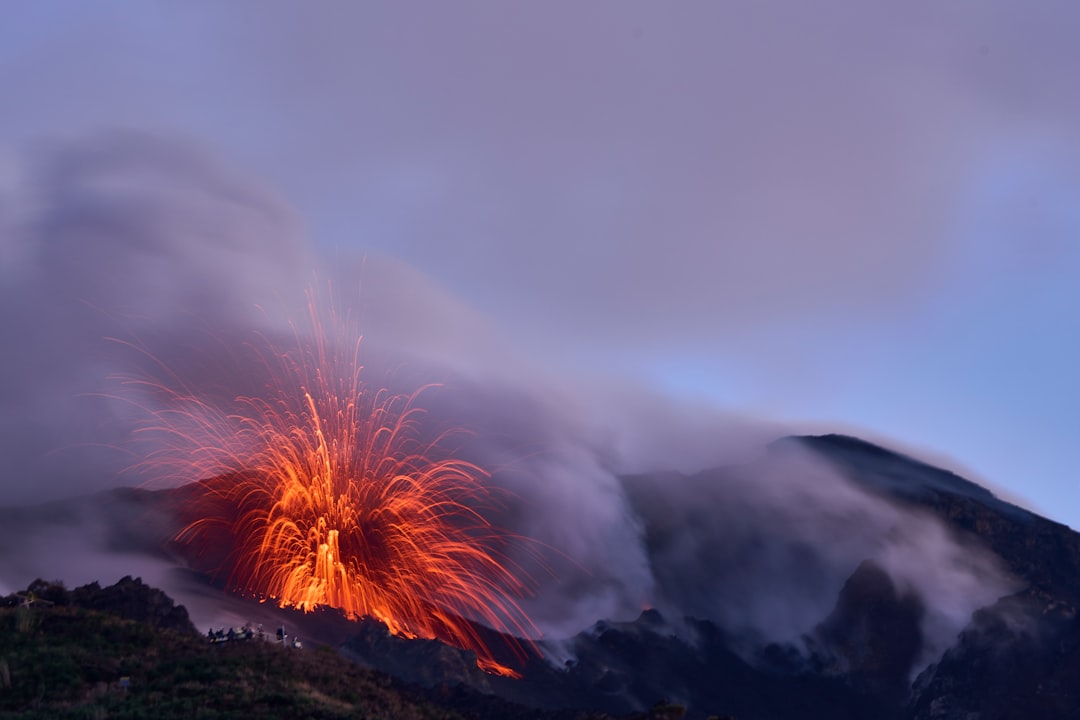
Forecasting is shifting from single metrics to integrated, real-time models that fuse ground deformation, gas chemistry, and seismic patterns. Machine learning is helping sift years of noise for subtle combinations – tiny tremor plus a certain gas ratio plus a thermal kink – that historically preceded change.
Next-generation satellites will shorten revisit times, catching transient swells that used to slip between orbital passes. Open data pipelines and common alert frameworks can synchronize decisions across agencies and borders. The challenge is as human as it is technical: sustained funding, trained staff, and public trust must keep pace with the instruments.
Living With a Volcano That Won’t Explode

Persistent unrest asks communities to plan for the chronic, not only the catastrophic. That means mapping no-build zones around gas vents, designing ventilation for low spots where heavier gases collect, and treating hot ground like a utility corridor that needs maintenance.
Schools can fold volcano literacy into science classes, normalizing siren tests and evacuation drills the way coastal towns practice for storms. Businesses can diversify supply routes, while emergency managers pre-stage masks, sensors, and water testing kits. A steady drumbeat of preparedness beats the scramble every time.
Conclusion
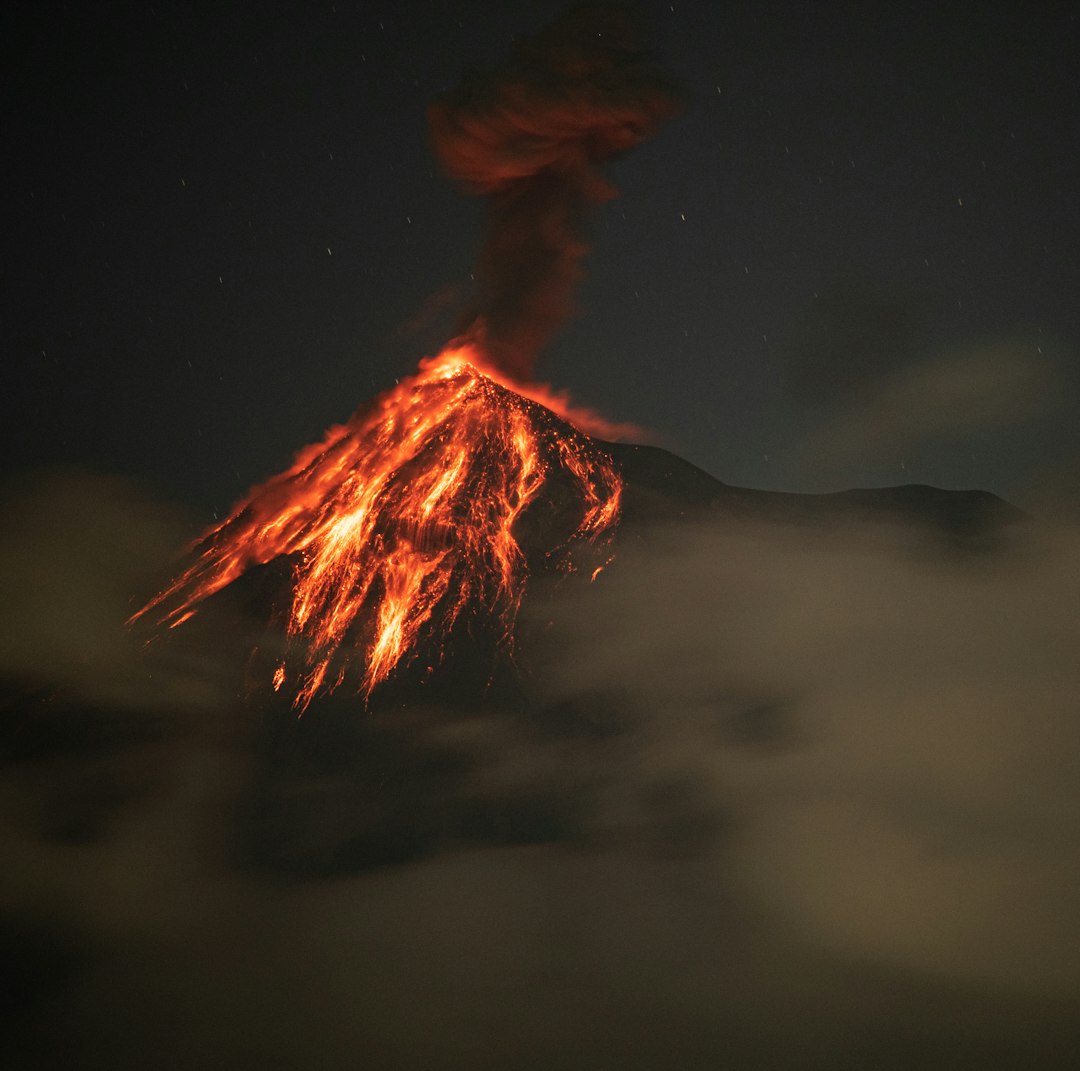
Stay connected to your local volcano observatory’s updates, and make alerts part of your routine the way you check the weather. If you visit geothermal areas, respect closures and boardwalks – hot crust can be paper-thin where steam eats rock from below.
Support science by backing public monitoring networks and community air and soil sensors that fill gaps between stations. Talk about uncertainty without fear, and help curb misinformation by sharing official bulletins rather than rumors. In a world of simmering giants, vigilance is a civic skill – will you practice it before the ground speaks louder?

Suhail Ahmed is a passionate digital professional and nature enthusiast with over 8 years of experience in content strategy, SEO, web development, and digital operations. Alongside his freelance journey, Suhail actively contributes to nature and wildlife platforms like Discover Wildlife, where he channels his curiosity for the planet into engaging, educational storytelling.
With a strong background in managing digital ecosystems — from ecommerce stores and WordPress websites to social media and automation — Suhail merges technical precision with creative insight. His content reflects a rare balance: SEO-friendly yet deeply human, data-informed yet emotionally resonant.
Driven by a love for discovery and storytelling, Suhail believes in using digital platforms to amplify causes that matter — especially those protecting Earth’s biodiversity and inspiring sustainable living. Whether he’s managing online projects or crafting wildlife content, his goal remains the same: to inform, inspire, and leave a positive digital footprint.




